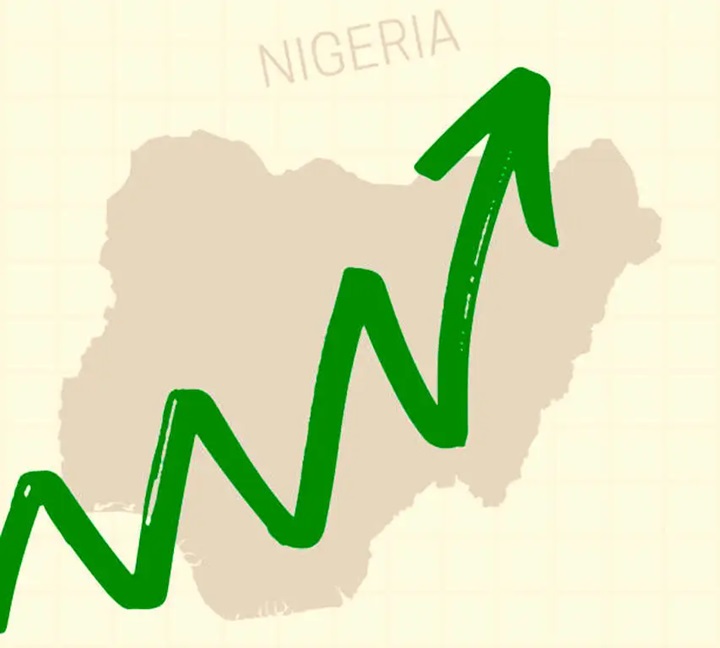The Federal Government has announced that economic reforms and debt restructuring efforts have led to a 42 percent reduction in the debt stock of Nigeria’s North West region, marking a significant milestone in the drive to restore fiscal stability and enhance public service delivery.
According to federal officials, the debt reduction comes on the back of a coordinated program initiated late last year, involving recalibrated budget allocations, debt renegotiations with local creditors, and implementation of cost-saving reforms at state government levels. The measures included freezing non-essential capital expenditure, consolidating external obligations, and discontinuing duplicative subsidy arrangements that had ballooned state liabilities.

Analyzed data from state finance ministries show the reduction was most notable in states like Kaduna, Kano, and Sokoto. These jurisdictions undertook reform measures such as retiring high-interest overdrafts, securitizing some legacy debts at favorable terms, and redirecting budget surpluses from fuel subsidies into debt amortization. As a result, previously unserviceable liabilities declined sharply—placing regional debt burden below manageable thresholds.
At a press briefing in Abuja, the Minister of Budget and Economic Planning highlighted the wider implications, stating that the debt decrease is allowing states to redirect fiscal resources toward education, healthcare, and rural infrastructure. “We’re already witnessing improved liquidity at the sub‑national level, enabling governors to fund critical services without fresh borrowing,” he said.
Observers note that the debt pile had previously constrained state government operations, as high-interest obligations and default risk reduced credit access and prevented capital investment. Many state governments had resorted to borrowing from commercial lenders and micro-lenders at punitive rates—creating cycles of indebtedness that diverted significant revenue into servicing liabilities.
Policy experts attribute the debt decline to two main interventions: first, a sweeping review and restructuring of state-government debt, including debt-for-equity swaps and renegotiated payment terms; second, the enforcement of fiscal discipline measures across line ministries—such as limiting overdrafts and consolidating consolidated revenue fund oversight under joint federal-state mechanisms.
Nigeria economists say the North West’s success story is notable, especially given the region’s historical fiscal fragility and higher poverty indices. “Reducing debt burden by nearly half within a single fiscal year—without slashing development spending—is a rare achievement in Africa’s federal systems,” said one Abuja-based policy analyst. “It sets a template for other regions under pressure.”
Underpinning the gains, the federal government has rolled out fiscal governance frameworks—such as the Fiscal Responsibility Act mechanisms and decentralized debt ceilings—which condition state borrowing on revenue performance, debt sustainability analysis, and adherence to a national revenue-sharing formula.
While the headline numbers are encouraging, analysts caution that sustainability requires deepening revenue base through economic diversification. North West states must increase internally generated revenue by formalizing markets, improving tax compliance, and promoting MSMEs in non-oil value chains. Without these enhancements, they could risk reverting to borrowing cycles if political revenue pressures emerge.
State governors have described the debt reduction as transformational. One governor remarked that freeing up debt service obligations has allowed additional investments in power provision, rural roads, and small-scale irrigation—projects previously deferred because of tight fiscal conditions. Local governments have also reported improved grant flows and greater flexibility in human capital spending.
Onlookers hope the progress will yield long-term benefits such as improved credit ratings for northern states, restored investor confidence, and better fiscal governance alignment with federal objectives. The federal government has indicated it plans to replicate the model in other geopolitical zones, while coupling the reforms with capacity-building programs for sub-national financial planning units.
Yet other experts warn that one-time debt restructuring must be backed by institutional changes to stick. Recommendations include recurrent external audits, strengthened public financial management systems, and state-level legislative engagement to ensure sustainability over electoral cycles.
Meanwhile, the full extent of the debt reduction plan’s success will depend on continued policy discipline, revenue expansion, and transparent governance. Stakeholders broadly agree that turning the liquidity gains into developmental progress—particularly in northern Nigeria’s lagging sectors—remains the ultimate test.
In summary, the government’s reported 42 percent debt reduction in the North West region provides a beacon of hope for improved sub-national fiscal management. If backed by sustained reforms and revenue reforms, it could mark a significant pivot in reducing regional disparities and supporting inclusive economic development.
Support InfoStride News' Credible Journalism: Only credible journalism can guarantee a fair, accountable and transparent society, including democracy and government. It involves a lot of efforts and money. We need your support. Click here to Donate
